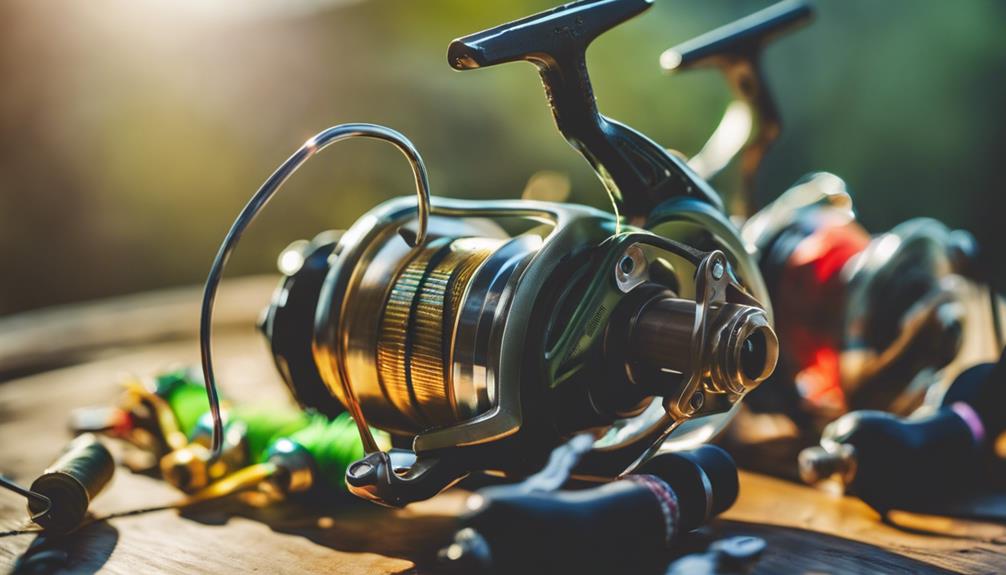Fishing is one of the most rewarding outdoor activities, offering a perfect blend of relaxation and excitement. Whether you’re casting a line for the first time or looking to brush up on your skills, understanding how to go fishing is essential for a successful outing. In this guide, we’ll cover everything from gear selection to fishing techniques, ensuring you’re well-prepared for your next fishing adventure.
Understanding the Basics of Fishing
Before diving into the specifics of how to go fishing, it’s important to understand the fundamentals. Fishing is the practice of trying to catch fish for food, recreation, or sport. The types of fishing can vary significantly, with methods ranging from freshwater fishing in lakes and rivers to saltwater fishing in oceans. Each environment presents its own set of challenges and rewards, which is why knowing the basics is crucial. Different fish species require different techniques and tools, so start by determining the type of fishing you want to pursue.
Essential Fishing Gear: What You Need to Get Started
When learning how to go fishing, having the right gear is key. A basic fishing setup typically includes a fishing rod, reel, line, hooks, bait, and tackle. For beginners, a spinning rod and reel combo is often recommended due to its ease of use. Additionally, you’ll want to invest in a tackle box to organize your hooks, lures, and other accessories. As you gain more experience, you can explore specialized gear tailored to specific fishing types, such as fly fishing or ice fishing. Remember, the quality of your gear can significantly impact your fishing success, so choose wisely.
Choosing the Right Fishing Spot
Knowing how to go fishing also involves selecting the right location. The best fishing spots often depend on the type of fish you’re targeting. Freshwater anglers might explore lakes, rivers, and ponds, while saltwater enthusiasts may look for coastal areas and piers. Research local fishing reports and talk to local anglers to discover where the fish are biting. Additionally, factors like time of day, weather conditions, and water temperature can affect fish behavior, so plan your trip accordingly.
Understanding Fishing Regulations and Licenses
Before you start fishing, it’s crucial to familiarize yourself with local fishing regulations. Most states require a fishing license, which helps manage fish populations and ensures sustainable fishing practices. Regulations may also dictate fishing seasons, size limits, and catch limits for different species. Adhering to these rules not only keeps you compliant with the law but also contributes to the conservation of aquatic ecosystems. Always check the regulations for your specific area before heading out.
Choosing the Right Bait and Lures
One of the most important aspects of how to go fishing is selecting the right bait or lure. Live bait, such as worms or minnows, can be very effective, especially for beginners. Artificial lures come in various shapes, sizes, and colors, designed to mimic the movement of prey. Selecting the right bait depends on the fish species you are targeting and the fishing conditions. Research the preferred bait for your target species, and don’t be afraid to experiment with different options to see what works best.
Mastering Different Fishing Techniques
Having the right gear and bait is only part of the puzzle; you also need to know various fishing techniques. Common methods include casting, trolling, and fly fishing. Casting is the most straightforward technique, suitable for beginners. Trolling involves moving the boat while dragging bait or lures behind it, while fly fishing requires specialized equipment and techniques to mimic insect movements on the water surface. As you learn how to go fishing, try different techniques to find what you enjoy the most and what yields the best results.
Tips for Catching More Fish
To increase your chances of success, consider these helpful tips. First, pay attention to the weather; overcast days are often ideal for fishing as fish tend to be more active. Next, be patient and quiet, as fish can be spooked by noise. Additionally, practice your casting skills to ensure you can place your bait where the fish are likely to be. Lastly, keep a fishing journal to track your outings, noting what worked and what didn’t. This will help you refine your skills and techniques over time.
Enjoying the Experience: Fishing Etiquette and Conservation
Finally, understanding how to go fishing extends beyond just catching fish. Fishing is about enjoying nature and spending time outdoors. Always practice good fishing etiquette: respect other anglers, keep your area clean, and follow the catch-and-release guidelines if applicable. Additionally, consider participating in conservation efforts to protect fish habitats and promote sustainable fishing practices. By being a responsible angler, you ensure that future generations can enjoy the same fishing experiences that you do.
—
In conclusion, learning how to go fishing involves understanding various aspects including gear selection, fishing spots, regulations, and techniques. By equipping yourself with the right knowledge and skills, you’ll increase your chances of success and enjoyment on your fishing adventures. Remember, fishing is not just about the catch; it’s about the experience and connection with nature. So grab your gear, find a spot, and start casting your line!
